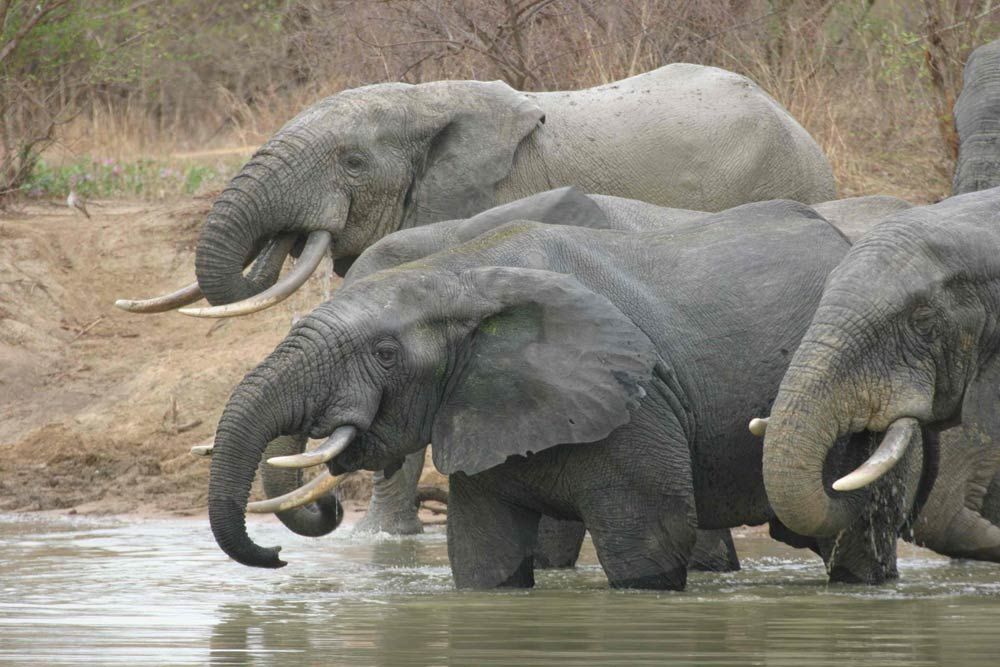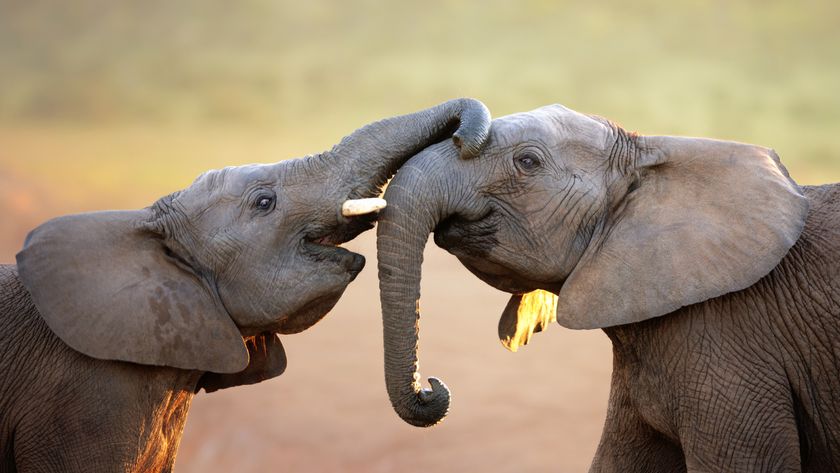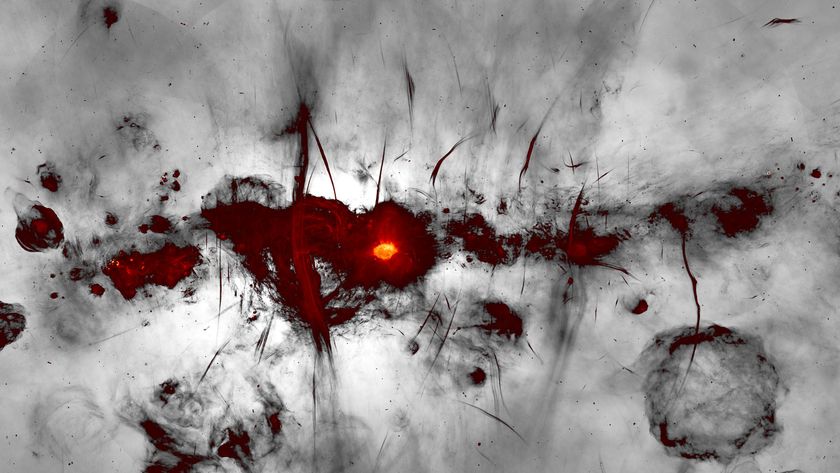Ancient Elephants Grazed Before They Had Teeth for It

Ancient elephants switched from eating primarily leaves and shrubs to feeding on grass several million years before their teeth were fully adapted for grazing, according to a new study.
The findings indicate that as the ancestors to modern elephants evolved, anatomical changes significantly lagged behind habitat and behavioral adaptations, said Adrian Lister, a paleontologist at the Natural History Museum in London, England.
"It only makes sense that behavior is a powerful driver of evolution, and that by taking the behavioral step to eat grass, it imposes the selection pressure for the right kind of teeth," Lister told LiveScience. "The idea has been around for around 100 years, but there have been few demonstrated examples. This is the first example from the fossil record."
About 10 million years ago, during a time period known as the Miocene epoch, the east African climate became dryer and cooler, prompting the gradual spread of grasslands over areas that were once heavily forested. [In Photos: Mammals Through Time]
"What we find with a lot of mammal groups is that some species switched their diets," Lister said. "During this time, the earliest true elephants went from what we describe as 'browsers,' which eat mostly leaves from trees and shrubs, to what we call 'grazers,' which mostly eat grass."
Lister used data that looked for specific chemical signatures in the fossilized teeth of ancient elephants in east Africa. As animals' teeth grow and form, chemical traces of food and water become locked into the enamel, which enable paleontologists to determine the diets of extinct animals.
By studying these fossilized teeth, Lister noticed that the change in feeding behavior occurred about 7 million years ago, which is about 3 million years before corresponding anatomical changes — evident in the structure and shape of the teeth — can be found in the fossil record.
Sign up for the Live Science daily newsletter now
Get the world’s most fascinating discoveries delivered straight to your inbox.
Since grass is tougher to eat than leafy greens, grazing animals tend to have higher-crowned teeth with more enamel ridges, Lister said. This is because grazers tend to pick up more grit from the soil, which can wear teeth down
"We don't see this change in crown height until about 4 million years ago, so there's a lag of several million years," Lister said. "Even with the wrong teeth for it, by starting to eat grass as food, these animals were imposing a lot of selective pressure. But, it required the behavioral change first."
While Lister is still unsure why the gap between the behavioral and anatomical changes is so great, he hopes future studies will be able to unearth more clues.
"The reason for the lag is not completely and satisfactorily explained," Lister said. "What I was hoping to do with this paper is show the kind of data that we can put together to answer these types of questions. We can see whether behaviors drive the evolutionary process, which, in my opinion, has been sidelined in evolutionary biology. Now, because we have the means to look at it directly in the fossil record, we can try looking for it."
Detailed results of the study were published online today (June 26) in the journal Nature.
Follow Denise Chow on Twitter @denisechow. Follow LiveScience @livescience, Facebook & Google+. Original article on LiveScience.com.

Denise Chow was the assistant managing editor at Live Science before moving to NBC News as a science reporter, where she focuses on general science and climate change. Before joining the Live Science team in 2013, she spent two years as a staff writer for Space.com, writing about rocket launches and covering NASA's final three space shuttle missions. A Canadian transplant, Denise has a bachelor's degree from the University of Toronto, and a master's degree in journalism from New York University.











